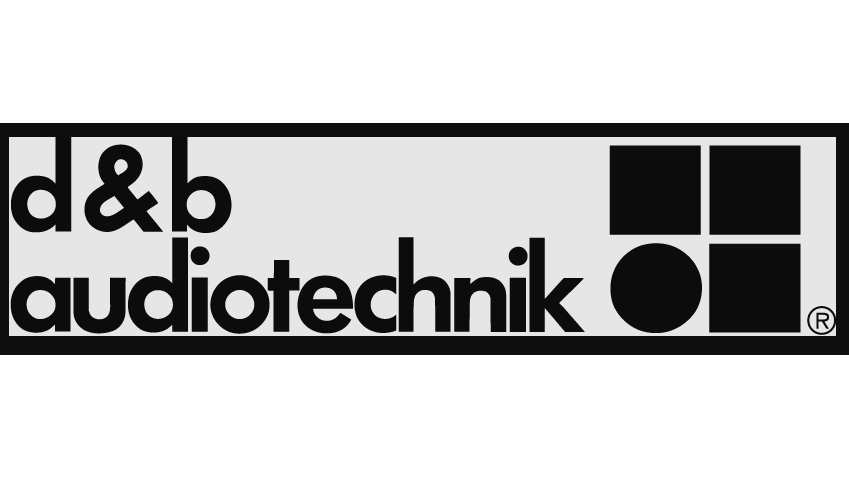With a deep commitment to supporting sound engineers, system planners, and consultants during each phase of their audio journey, d&b audiotechnik unveiled HeadroomCalc at ISE 2023. Available in ArrayCalc V11, the patent-pending HeadroomCalc technology now predicts the reaction of a d&b system to a specific audio signal, providing a more precise sound pressure level (SPL) and headroom calculation than any other solution currently available.
“It is d&b’s mission to provide superior and more comprehensive predictability of system performance. HeadroomCalc represents significant progress in predicting accurate system performance that will impact the planning and execution of future audio projects", commented Florian Hahn, product manager, software, at d&b audiotechnik. "We want to share this progress with integrators and consultants around the world to help them make their designs even more predictive and reliable, especially when it comes to planning fixed installations."
[Meet SCN Hall of Famer 2023: Ralf Zuleeg, Creator of Soundscape]
HeadroomCalc predicts the reaction of a d&b system to specific audio signals, providing a more precise SPL calculation by processing any user-defined audio file through a simulation of the configured audio system in the following three separate steps:
- The input signal—often a pre-recorded alarm message or a recording of the band—is fed into the simulated loudspeaker processing of the selected d&b system amplifiers in the time domain. The intermediate results are output voltage and gain reduction signals for every amplifier channel within the system over time.
- The output voltages are combined with the simulated impulse responses of the connected loudspeakers. This yields the sound pressure signals for every loudspeaker at up to five individual definable receiver points.
- The total sound pressure signal is created for all receiver points, which is the sum of all sound pressure signals at each point. This is then used to derive the SPL metrics in the same manner a portable SPL meter would operate at each defined measurement point.
[Winners Announced: Best of Show at Integrated Systems Europe 2023]
“HeadroomCalc uses audio files provided by the user, representing the real-world application, instead of generic, steady-state spectra. This allows users to accurately account for specific signal response as well as DSP limiter-based nonlinear processing impacts,” said Kilian Köhler, technical lead R&D scientific computing at d&b audiotechnik. “As a result, our users benefit from even more realistic simulation results, enabling them to create a system design that meets specification requirements at a new level.”
